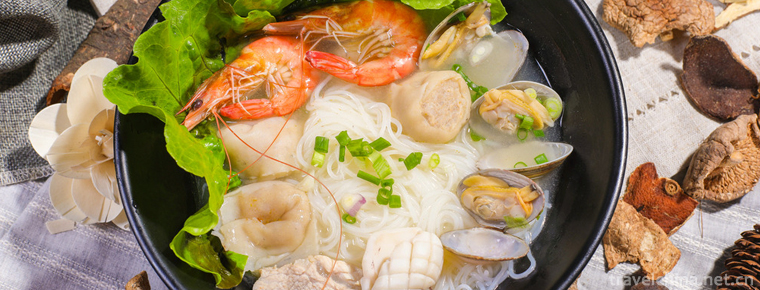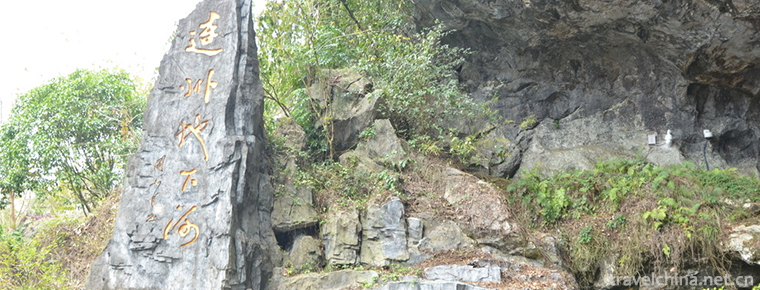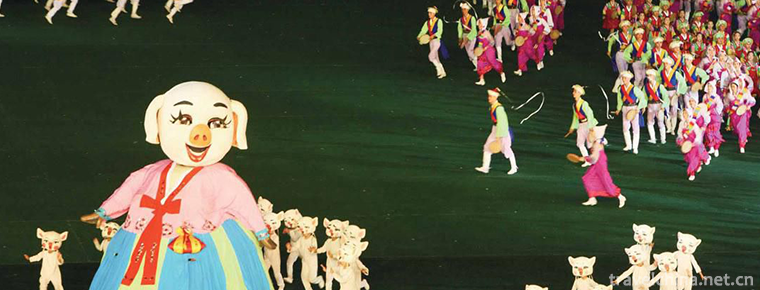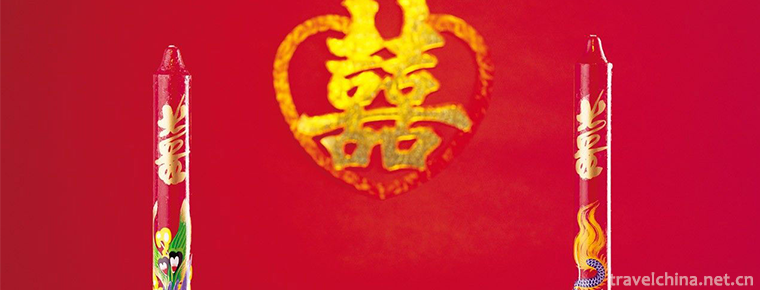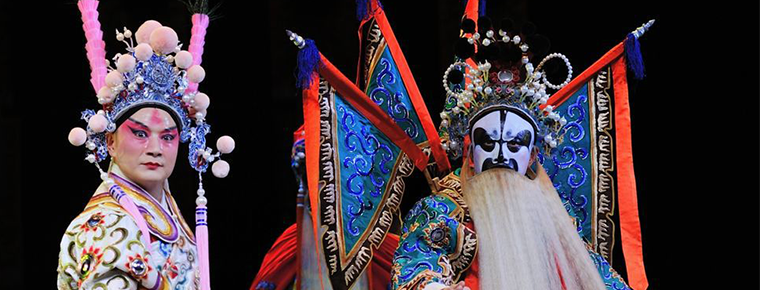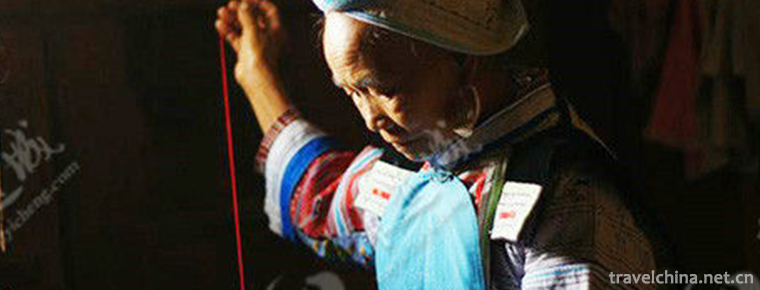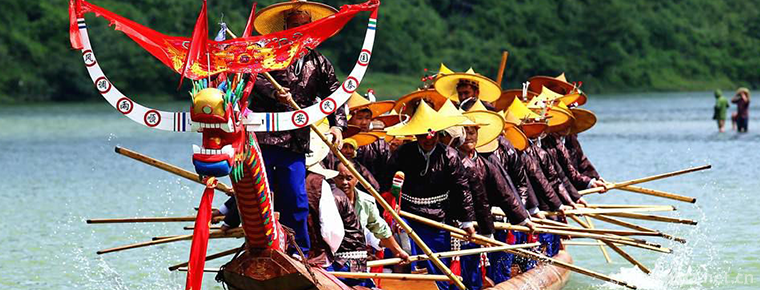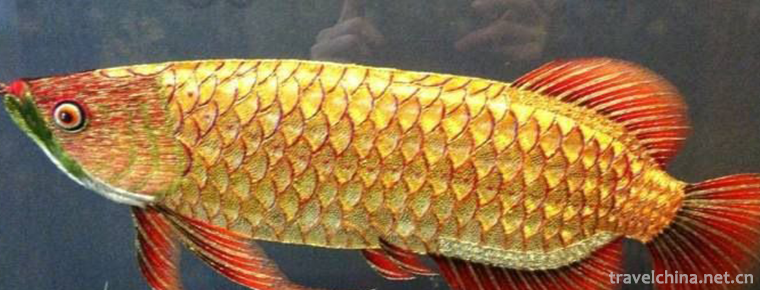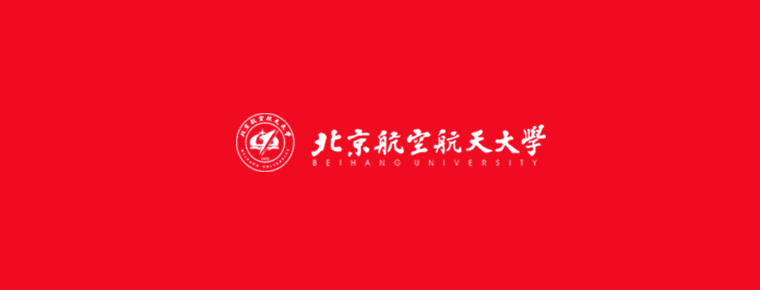Chinese character calligraphy
Chinese character calligraphy
Chinese character calligraphy has been recognized by the world for its brilliant civilization of 5000 years and its incomparable rich written records. In this vast and profound history, Chinese painting and calligraphy art has reproduced this diachronic evolution process with its unique artistic form and artistic language. In the evolution of history, the art of painting and calligraphy with sister nature interprets the connotation of Chinese traditional culture with its complementarity and independence. Therefore, "Shupu" can be summarized as: "There are bells in the Han and Wei Dynasties, Zhang Zhijue, and two wonderful kings in the late Jin Dynasty". Four people are known as the "Four Virtues" of ancient calligraphers. The four virtues of Chinese calligraphy refer to Zhang Zhi, Zhong Xizhi, Wang Xizhi and Wang Xianzhi.
Calligraphy introduction
Chinese character calligraphy is a unique performance art of the Han nationality, known as: silent poetry, invisible dance; no pictures, silent music. In June 2008, it was selected into the national intangible cultural heritage list.
Chinese people have always regarded poetry, books and paintings as one or the same origin of poetry, books and paintings. In the past, Chinese people used brushes for writing poems and compositions, and brushes for calligraphy and painting, of course, are of the same origin.
Chinese calligraphy can concentrate on the overall quality of a person's spiritual temperament and cultural accomplishment. Whether it is single-word or multi-word combination, it must be appropriate and appropriate to master and cooperate with the strength of moving pens, starting, carrying, turning, closing and closing techniques. If the oracle bone inscription should be simple, the seal script should be full of the charm of clocks, tripod and truncheon. The official script must have the essence of the tablets of Qin, Han and Wei. Regular script must contain the strength and beauty of the ancient pine and cypress of the Wei and Jin Dynasties.
Basic meaning
In terms of superficial meaning, calligraphy refers to the law of writing. In life, the word calligraphy has the following meanings. First, the name of a writing work or the collective name of all writing works; second, an art category, generally refers to the art of writing Chinese characters. Kang Youwei said in Guangyizhou Shuanghuan that "the structure of Tang dialect and the interest of Song Dynasty" shows that the calligraphy of Tang Dynasty pursued the highest and most rigorous degree, and the achievements of Tang Dynasty calligraphy were also the highest in the history of calligraphy.
Calligraphy is a unique traditional art in China. Chinese characters were created by the working people. They began to record things by pictures. After thousands of years of development, they have evolved into today's words. Because their ancestors invented writing with brushes, they have produced calligraphy. From ancient times to modern times, Chinese characters are mainly written with brushes. As for other writing forms, such as hard brushes and fingerprints, their rules of writing are not quite different from those of brush characters, but basic. Be interlinked.
narrow sense
In a narrow sense, calligraphy refers to the method and rule of writing Chinese characters with brushes. Including pen writing, stroke, dot painting, structure, layout (distribution, rank, composition) and so on. For example, practicing pen refers to the empty palm and five fingers are united; the center of the brush lays out the slightest; the strokes show the same sense of touch and brushwork; the structure corresponds to each other in a peaceful manner; the distribution is complex, the density is appropriate, the combination of emptiness and reality, the whole chapter is coherent; the ancient and modern literacy, the large amount of words is small, rather than low and so on.
The connotation of calligraphy mainly includes the following aspects:
1. Calligraphy refers to the art of expressing emotions with the four treasures of the study as a tool. The particularity of tools is an important aspect of the particularity of calligraphy art. With the help of the four treasures of the study as a tool, fully reflects the performance of the tool, is an important part of calligraphy techniques. Without the four treasures of the study, the art of calligraphy can not be talked about.
2. Calligraphy takes Chinese characters as its carrier. The particularity of Chinese characters is another important aspect of the particularity of calligraphy. Chinese calligraphy can not be separated from Chinese characters. The form of Chinese character dot painting and the collocation of side are the contents that writers pay more attention to. Unlike other Pinyin characters, Chinese characters are a combination of form, sound and meaning, with strong formal meaning.
The so-called "Six Books" of the ancients refers to six methods of character formation and use, i.e. hieroglyphic, referential, ideographic, phonetic, transliteration and borrowing, which are of great guiding significance to the analysis of the shape and structure of Chinese characters.
3. The background of calligraphy art is Chinese traditional culture. Calligraphy is rooted in the soil of Chinese traditional culture, which is the background for the survival and development of calligraphy. The theory of calligraphy since the Han Dynasty, which we can see today, has its own systematicness, integrity and orderliness. Like other literary and artistic theories, the theory of calligraphy includes not only the skill theory of calligraphy itself, but also its aesthetic theory. In these theories, the wisdom of ancient Chinese scholars shines. For example, the theory of how to express the category of "spirit, qi, bone, flesh and blood" in calligraphy, the theory of techniques such as writing, calligraphy and composition, as well as the theory of creation, commentary and so on, all have their own systems.
4. The ontology of calligraphy art includes pen, calligraphy, constitution, ink and gesture. Calligraphy is the core content of its techniques. Brushwork, also known as "using pen", refers to the method of transferring pen to use its edge. Character method, also known as "knot" and "structure", refers to the collocation, interpolation, echo, avoidance and so on. Articles of association, also known as "white cloth", refer to the overall layout of a word, including the treatment of the relationship between words and lines. Ink method refers to the treatment of thick, light, dry, dry and wet ink.
Calligraphy is a unique traditional culture and art in China. It is a rule of writing Chinese characters. Chinese calligraphy has gradually been accepted by Japanese and Korean cultures.
Chinese characters, also known as Chinese characters and Chinese characters, are widely used in the cultural circle of Chinese characters. They belong to morpheme syllabic characters of ideographic characters. They were invented and improved by the Han people in ancient times. The exact history can be traced back to Oracle Bone Inscriptions in the Shang Dynasty about 1300 B.C. From the small seal script of Qin Dynasty to the name of "Chinese characters" in Han Dynasty, to the standard handwritten script of Tang Dynasty, which is used today, regular script. Chinese characters are the main characters that have been used continuously for the longest time up to now. They are also the only characters that have been passed down to this day in the major writing systems of ancient times. Chinese characters have been the main official characters in all dynasties in China.
Calligraphy origin
Five thousand years of brilliant civilization and incomparable rich written records have been recognized by the world. In this vast and profound history, Chinese painting and calligraphy art has reproduced this diachronic evolution process with its unique artistic form and artistic language. The art of painting and calligraphy, which has the character of sisterhood, interprets the connotation of Chinese traditional culture with its complementarity and independence in the evolution of history. Because the tools and materials used in the creation of books and paintings are consistent. When discussing the origin of ancient characters and pictures in The Records of Famous Paintings of All Dynasties, he said, "It is the same time, but there is no distinction between books and pictures. It is like creating a novel and making a blunt image, not passing on its intention, so there is a book; there is no form, so there is a picture." Although painting and calligraphy have the same origin and comparability, their future development is complementary and independent.
The formation and development of Chinese calligraphy are closely related to the emergence and evolution of Chinese characters. So what is "calligraphy"? We can understand it from its nature, aesthetic characteristics, source and unique expression. Calligraphy is an abstract symbolic art based on Chinese characters, written with brushes and with four-dimensional characteristics. It embodies the basic law of "unity of opposites" of all things and reflects the spirit, temperament, knowledge and accomplishment of human beings as subjects.
The origin of Chinese characters is very early. It develops the writing of characters into an aesthetic stage, which integrates the concepts, thoughts and spirits of the creators, and can stimulate the aesthetic feelings of the aesthetic objects (that is, the formation of a real sense of calligraphy). Recorded candidates were between the late Han Dynasty and the Wei and Jin Dynasties (about the second half of the 2nd century to the 4th century A.D.). However, this is not to ignore, dilute or even deny the artistic value and historical status of the previous art forms of calligraphy.
The origin of Chinese literature and the emergence of early works with artistic origin all have their own particularity and epochality. As far as calligraphy is concerned, although there were oracle bone inscriptions and pictographs in the early period, the simplicity of the same word was different and the strokes were different in number. However, it has the law of symmetry and balance, as well as some regularity factors of pen (knife), knotting and composition. Moreover, the organization of lines and the change of the beginning and end of strokes have the meaning of ink books and the meaning of brushwork. Therefore, it can be said that the production and existence of the former calligraphy art not only belongs to the category of the history of calligraphy, but also is an important example for future generations to learn and think about in the development and evolution of artistic forms.

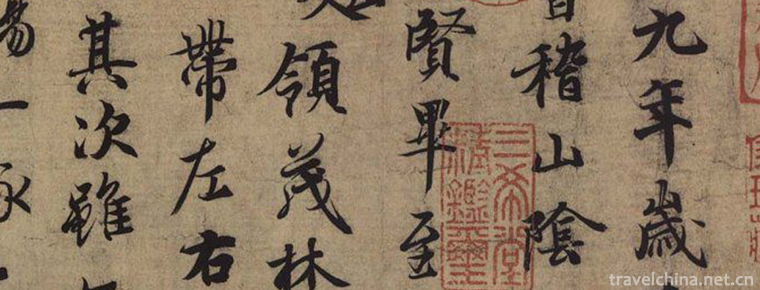
-
Beijing Olympic Park
Beijing Olympic Park Located in Chaoyang District of Beijing, Beijing Olympic Park is located at the north end of the central axis of Beijing.
Views: 178 Time 2018-11-24 -
Lianzhou Underground River Scenic Spot
Lianzhou City is located in the northwest of Guangdong Province and the upper reaches of Lianjiang River. The northeast is connected with Yizhang County in Hunan Province.
Views: 87 Time 2018-12-12 -
Arirang
Alirang, known as Alirang Daling, is a famous Korean song and the most representative folk song on the Korean Peninsula. It is known as the "First National Anthem" and "National Songs&q.
Views: 162 Time 2019-03-28 -
Traditional Marriage Customs of the Han Nationality
The ancestors of the Han nationality believed that dusk was auspicious, so they would marry at dusk. Therefore, the etiquette of marriage was called "dusk rite", which later evolved.
Views: 195 Time 2019-05-02 -
Anhui Opera
Hui Opera, one of the local operas in Anhui Province of China, originally known as "Hui Diao" and "Erhuang Diao", originated in the Ming Dynasty and was named Hui Opera after 1949..
Views: 184 Time 2019-05-04 -
Miao embroidery
Miao embroidery refers to the embroidery skills inherited by the Miao people in China. Miao embroidery in Leishan County, Guiyang City and Jianhe County of Guizhou Province has different forms and sty.
Views: 137 Time 2019-06-05 -
Miao Dragon Boat Festival
Every year from May 25 to May 27 of the lunar calendar, the Miao people living in Shibing and Taijiang counties of Guizhou Province along the Qingshui River hold this grand gathering. The Dragon Boat .
Views: 128 Time 2019-06-05 -
Guangdong embroidery
Guangdong embroidery is the general name of Guangzhou embroidery (Guangzhou embroidery) and Chaozhou embroidery (Chaozhou embroidery). It is one of the four famous embroidery in China..
Views: 202 Time 2019-07-16 -
Beihang University
Beijing University of Aeronautics and Astronautics is the first Institute of higher learning in Aeronautics and Astronautics founded in New China. It is a university with sacred mission and grand visi.
Views: 180 Time 2019-09-06 -
Chengdu Dien Photoelectric Technology Company
As an energetic, young crystalline materials technology company, DIEN TECH specializes in the research, design, manufacture,and sell of a series of nonlinear optical crystals, laser crystals, magneto-.
Views: 395 Time 2019-09-11 -
Deyang scenic spot
There are Sanxingdui ancient Shu civilization sites in Deyang City, where a large number of national treasure level cultural relics such as bronze Dali Man, bronze mask, bronze sacred tree, gold stick and Bian Zhang were unearthed. There are also the pangtong.
Views: 299 Time 2020-12-14
